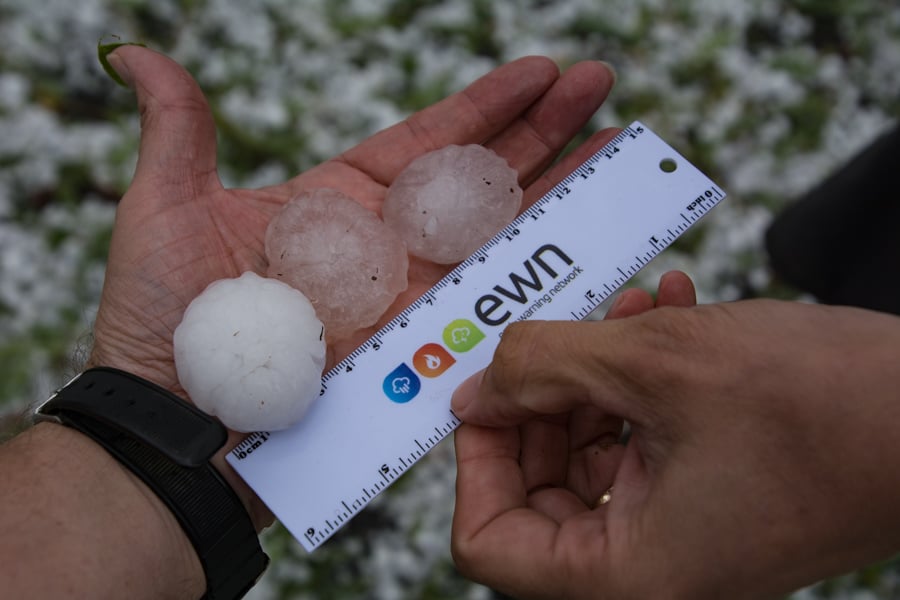Thunderstorm activity is prevalent across northern and eastern Australia during the spring and summer months. Whilst most storm activity is of the garden variety, more intense thunderstorms known as Multicells and in numerous cases Supercells occur. Supercells often produce damaging winds, large hail, heavy rainfall which may lead to flash flooding and the occasional tornado. These types of phenomena can cause significant damage to property and loss of life.
There is a misconception that frequent lightning means that a thunderstorm should be labelled severe, however lightning is not considered as a severe storm characteristic. This begs the question, at what stage does a thunderstorm become severe?
In order for a thunderstorm to be labelled severe by the Bureau of Meteorology, it has to meet the following criteria; - Damaging winds gusts up to 90km/h or greater. - Hail that is greater than 2cm in diameter. - Heavy rainfall that is conducive to flash flooding. - Tornadoes.
Due to the vast nature of Australia and coverage of weather radars, storm spotters play a large role with thunderstorm reporting across the country. Storm spotters help report what they are seeing on the ground with live observations and this can help get a thunderstorm the appropriate warning that may be needed, or help to escalate a current warning.
For more information of thunderstorms and the severe criteria; https://www.bom.gov.au/weather-services/severe-weather-knowledge-centre/severethunder.shtml
%20(1).jpg?width=769&name=What%20is%20the%20criteria%20for%20a%20severe%20thunderstorm%201%20(2)%20(1).jpg)
